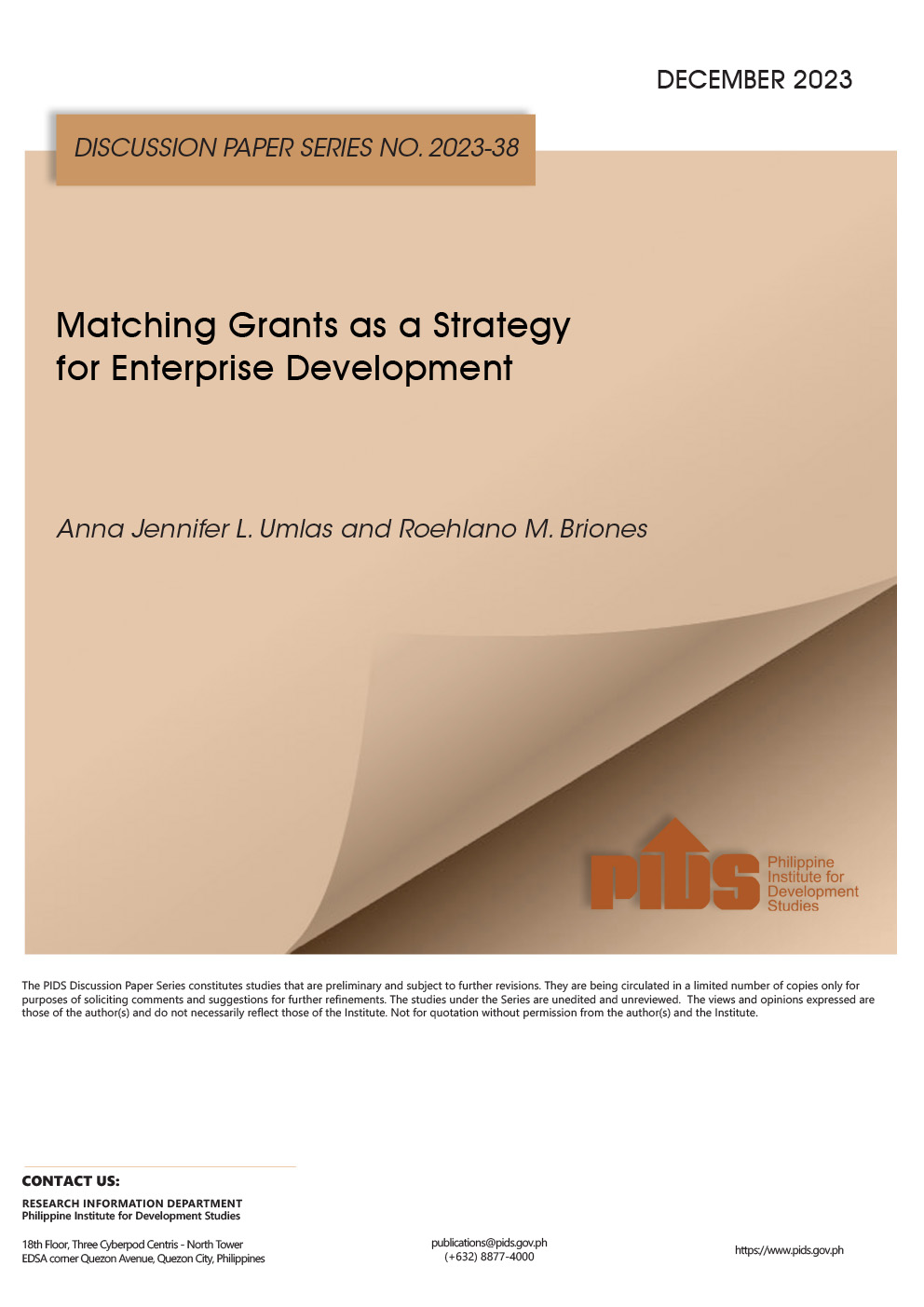SIMPLER birthdays and even smaller pan de sal may greet Filipino consumers in the next few weeks as wheat prices continue to soar due to the war in Ukraine, one of the country’s top sources of the commodity.
Economists said these are just some of the adjustments that could happen as the Ukraine-Russian crisis enters its first week. With hostilities increasing, net food importers like the Philippines are bracing for the impact of a war that is happening thousands of miles away from them.
Former Ateneo Center for Economic Research and Development (ACERD) Director Alvin P. Ang told BusinessMirror of another grim expectation: that people earning less will need to adjust the most in terms of reducing consumption or looking for alternatives.
“It’s [caused by the] global supply crunch aggravated by the Ukraine crisis. This could lead to reduced consumption of certain products,” Ang said. “This is not new but this is the rational behavior [when] adjusting to situations.”
Data from the International Monetary Fund (IMF) showed that international wheat prices have increased by 80 percent between April 2020 and December 2021, long before the crisis in Ukraine escalated.
Supply chain woes worsened
Former University of the Philippines School of Economics Dean Ramon L. Clarete said the war in Ukraine is “aggravating the fundamental supply chain issues” that has affected the prices of commodities including wheat.
“The war did not trigger the increase. It’s [an effect of] the global economic recovery against a weakened supply chain in world trade,” Clarete told this newspaper. “The war is aggravating the fundamental supply chain issues particularly now because of financial sanctions.”
Bread and flour-based products would likely see an increase in prices, including noodles which are popular birthday and celebration fare as well as the Pinoy favorite, pan de sal.
Ateneo Eagle Watch Senior Fellow Leonardo A. Lanzona Jr. deems it quite likely that pan de sal sizes would become smaller in order to keep to the price point that is acceptable to many Pinoys, especially the poor.
This, Lanzona told BusinessMirror, could prompt manufacturers to look at alternatives in terms of producing these products. As such, the Department of Agriculture (DA) may be compelled to find ways to encourage farmers to produce more of these food substitutes.
“Incentives may not be needed since we don’t know the duration of this crisis, but at least information and easing the transaction costs will be adequate,” Lanzona said. “Transaction costs include delivery expenses as well as registration and other administrative costs.”
More alternatives
University of Asia and the Pacific (UA&P) Center for Food and Agribusiness Executive Director Rolando T. Dy told BusinessMirror that what is happening could increase the consumption of manufacturers for cassava and ube powder.
This, former Labor Undersecretary Rene E. Ofreneo said, should prompt agencies like the DA, the Bureau of Plant Industry (BPI), and the Department of Science and Technology (DOST) to work together to create alternatives.
Ofreneo was quick to point out that in recent years, sweet potato and malunggay leaves have been used as base ingredients for bread products. He said it is not impossible that other substitutes can be found through better coordination between these agencies.
“Filipinos are heavy carbohydrate eaters. So I’m sure we will feel the impact of increasing wheat prices. Plus, we are not a wheat-producing country so with wheat as staple in our diet, the increase in price will be a major challenge,” De La Salle University economist Maria Ella Oplas told BusinessMirror.
“For me, we should really focus on the value of research and development. This is the long view, but we should start thinking of alternative sources or food. Dependence on products like wheat will always come with problems in terms of sourcing it,” she added.
In the meantime, since research and development takes time, Oplas said households should be more proactive in looking for affordable and healthier alternatives. Wheat, she said, is not advisable for people with hypertension.
Steep price hike
Earlier, Ateneo de Manila University John Gokongwei School of Management Dean Luis F. Dumlao said the increase in wheat prices would be significant. He estimated that wheat and bread has a 2.5-percent weight in the Consumer Price Index (CPI). Should this increase by 50 percent, inflation could increase by as much as 1.25 percentage point.
The Philippine Statistics Authority (PSA) told BusinessMirror that, based on the 2018-based CPI, bread has a 1.8-percent weight in the national CPI. Flour wheat has a weight of 0.06 percent in the nationwide CPI.
‘Import-sourcing challenge’
Former Tariff commission chief George Manzano said the situation in Ukraine is crucial because the European country is the Philippines’s third most important source of wheat imports as of 2020. It accounted for 9.1 percent of total imports of wheat/meslin. Russia is the largest exporter of wheat/meslin.
He also noted that the Philippines does not produce wheat and the current crisis will be an “import sourcing challenge” for the country and by other countries, leading to a spike in prices. Ukraine is considered the fifth largest exporter of wheat/meslin in the world as of 2020.
“Because wheat production is agro-based, and one cannot simply ramp up acreage and production, there could be spike in demand as importers of wheat try to secure or outbid each other just to secure their supplies,” Manzano explained.
Nonetheless, Manzano and Philippine Institute for Development Studies (PIDS) Senior Research Fellow Roehlano Briones remained confident the Philippines can still source wheat from other importers globally. The United States remains a major source of wheat for the Philippines.










